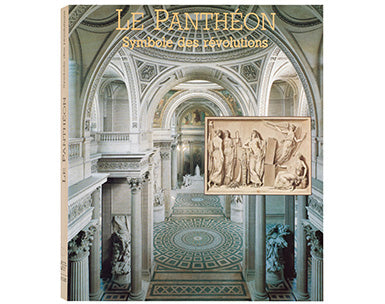Le Panthéon, symbole des révolutions : De l’Église de la nation au temple des grands hommes
Le Panthéon, symbole des révolutions : De l’Église de la nation au temple des grands hommes
Few buildings have remained so persistently at the heart of artistic, technical, and political debate as Jacques-Germain Soufflot’s (1713–1780) domed Panthéon. From Louis XV’s laying of its cornerstone in 1764 to François Mitterrand’s televised pilgrimage to the tombs of his socialist forefathers after the May 1981 elections—whether as the national church dedicated to St. Geneviève, Paris’s patron saint, or as a secular temple—the building has remained a potent instrument of political and national self-definition in France. Soufflot’s daring stylistic conception and technical innovations had already made this structure the focus of architectural debate in the closing years of the ancien régime.
Essays by Gérard Auguier, Hervé Baptiste, Barry Bergdoll, Mark K. Deming, Jacques Guillerme, Valérie-Noëlle Jouffre, Isabelle Lemaistre, Anne Pingeot, Daniel Rabreau, and Pierre Vaisse
Graphic design by Jean-Pierre Rosier with Guillaume Rosier
Published in 1989 in French
Co-published with Caisse Nationale des Monuments Historiques et des Sites and Éditions Picard
Softcover, 339 pages
Couldn't load pickup availability


